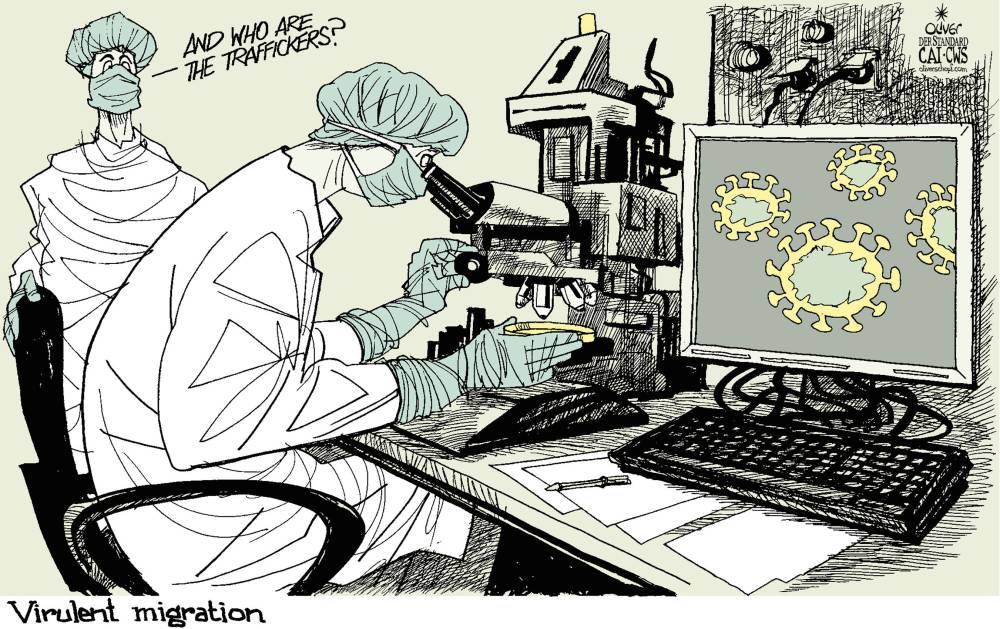The eruption of COVID-19 has focused the attention of the world’s political authorities, but has also made them cognizant of past experience. As we know, the “Spanish Flu,” so named because initial media reports suggested that the influenza originated in Spain rather than in U.S. Army training camps, devastated the United States and Europe in the final year of World War I.
The world of 1918 was far less globalized than the world of today, with lower levels of international trade and international travel. Nevertheless, the influenza spread rapidly, attacking in three distinct waves in countries around the world. Distance provided little protection. The war itself helped spread the disease, as U.S. soldiers brought it to Europe, and Europeans spread it across the rest of the world. The flu made its mark on the great nations of East Asia as well, although with vastly different effects in each.
Japan was a co-belligerent of Britain and France in World War I, but had largely stayed out of intense warfare since the reduction of German concessions in China in 1914, although intervention in the Soviet Union in 1918 would bring Japanese troops back into action. Influenza struck the Japanese Army in November 1918, peaking about a month after the flu hit the armies on the Western Front in France.



